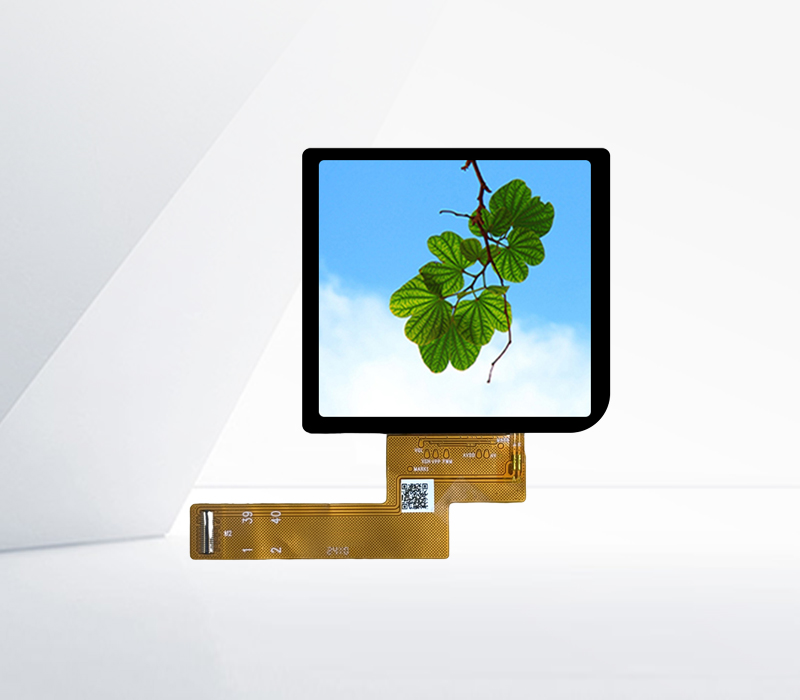




The concept of glass - free OLCD (Organic Light - Emitting Diode) technology represents an exciting development in the field of display technology.
Traditional OLED displays are typically fabricated on glass substrates. However, the use of glass has some limitations, such as being brittle and adding weight to the display device. Glass - free OLCD technology aims to overcome these limitations by using alternative flexible substrates.
One of the main advantages of glass - free OLCD technology is its flexibility. By using flexible substrates, such as plastic or thin - film materials, the resulting OLCD displays can be bent, rolled, or even folded. This opens up new opportunities for creating innovative display products. For example, flexible OLCDs can be used in wearable devices, where the ability to conform to the shape of the body is essential. They can also be used in roll - up displays for mobile devices, allowing for larger screen sizes when needed while remaining compact when not in use.
Another advantage of glass - free OLCD technology is its potential for reduced weight. Without the heavy glass substrate, the overall weight of the display device can be significantly reduced. This is particularly beneficial for portable devices, such as smartphones and tablets, where weight is a crucial factor for user comfort. Additionally, the elimination of glass can also reduce the manufacturing cost of the displays. Glass - manufacturing processes are often complex and expensive, and using alternative substrates can simplify the manufacturing process and potentially lower production costs.
However, developing glass - free OLCD technology also faces some challenges. One of the main challenges is ensuring the long - term stability and reliability of the flexible substrates. These substrates need to be able to withstand the mechanical stresses associated with bending and folding without degrading the performance of the OLED components. Another challenge is improving the barrier properties of the flexible substrates. OLEDs are sensitive to moisture and oxygen, and the flexible substrates need to provide effective protection against these environmental factors to ensure the long - term operation of the display.
